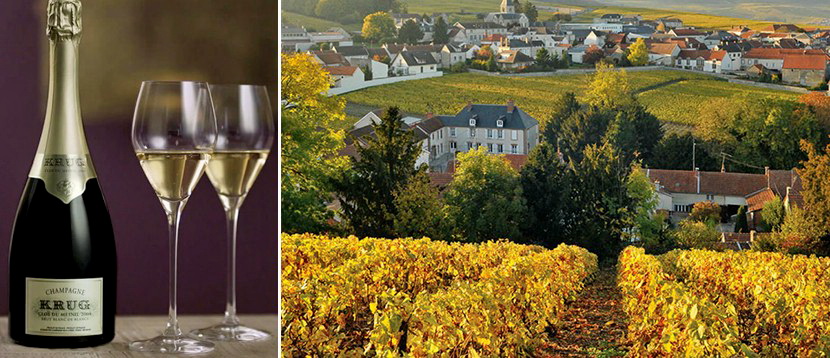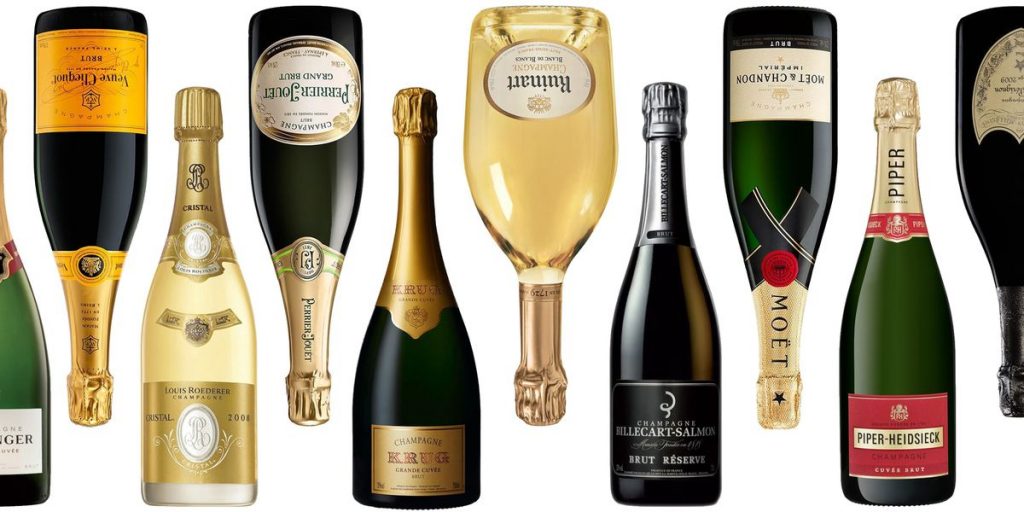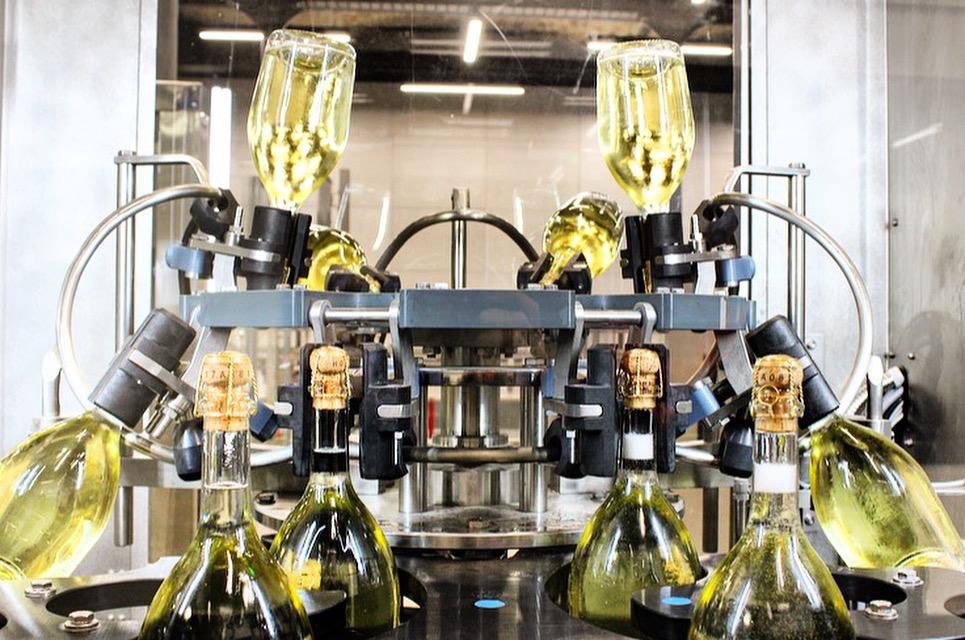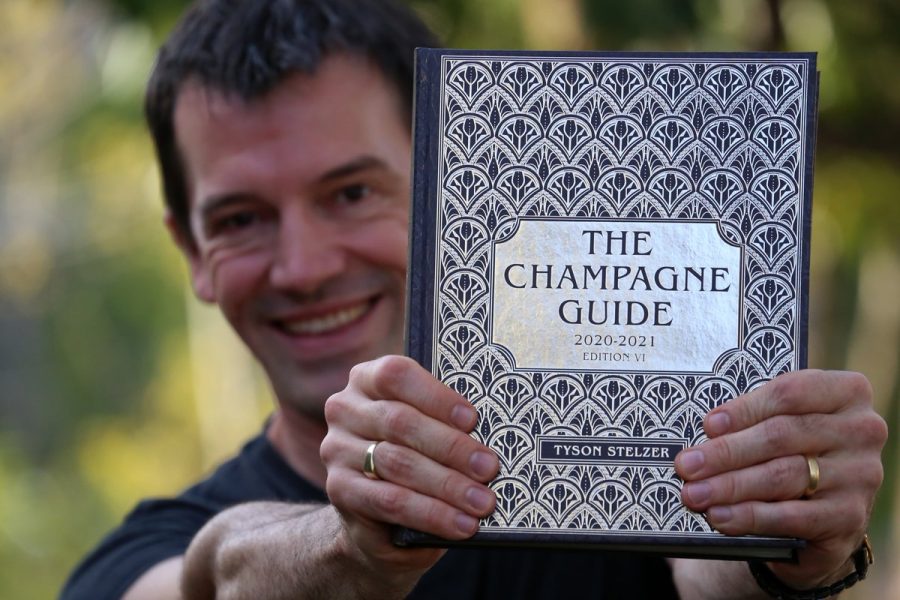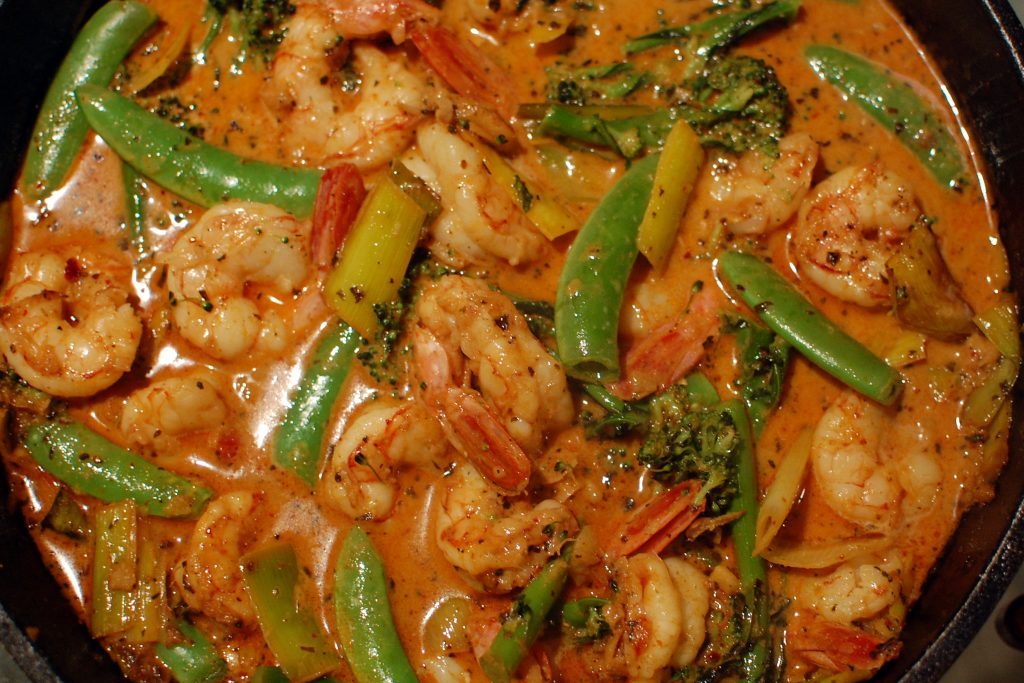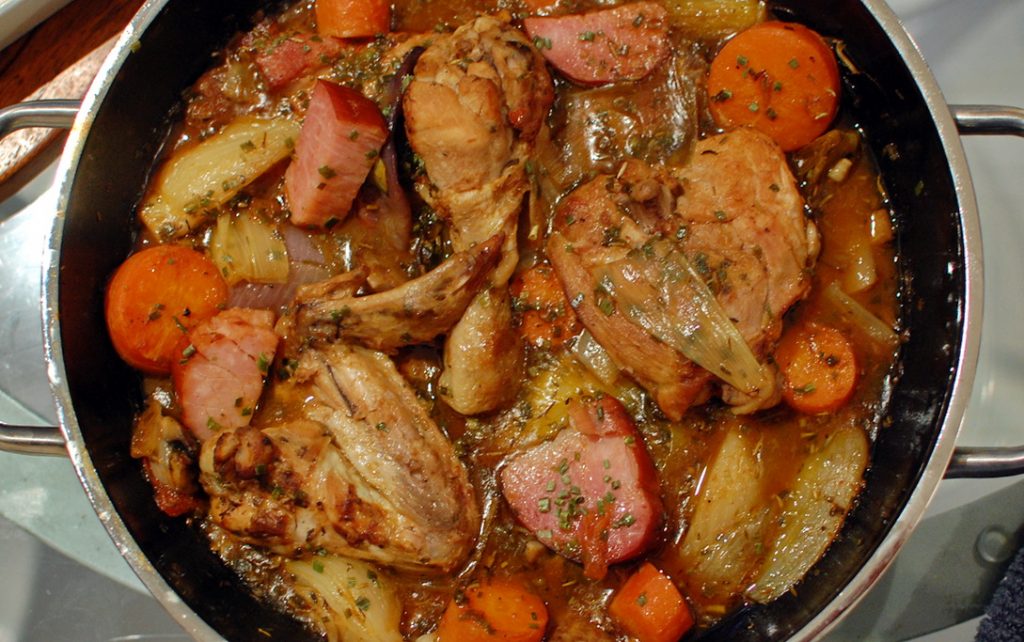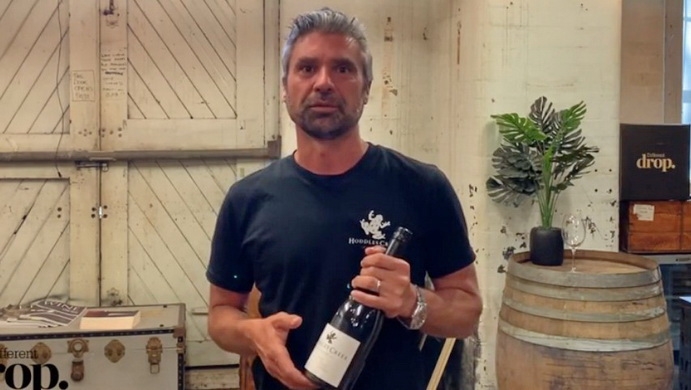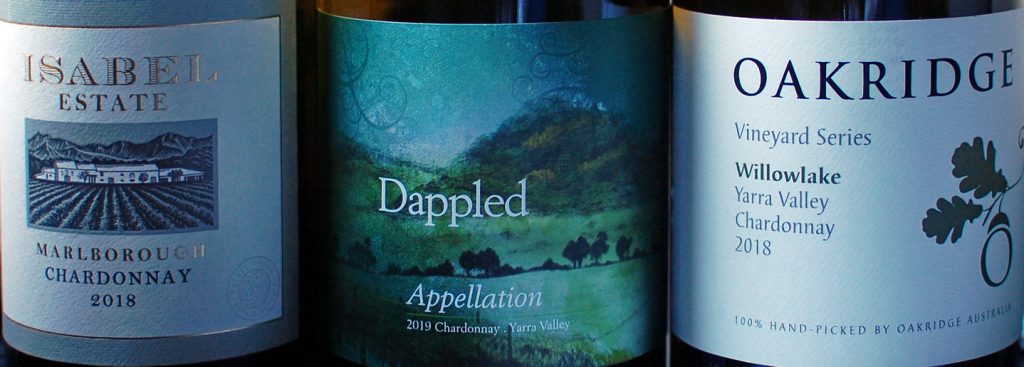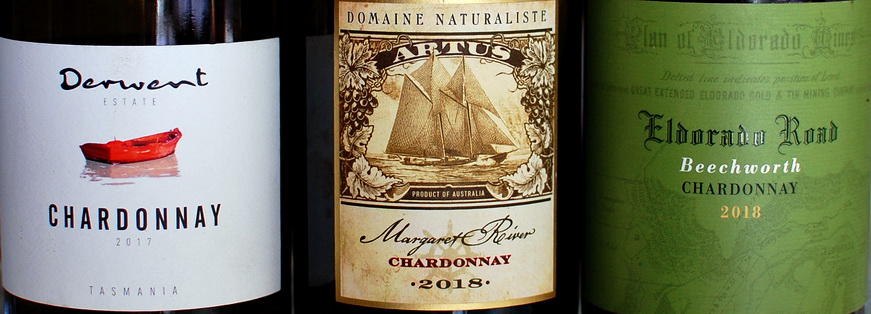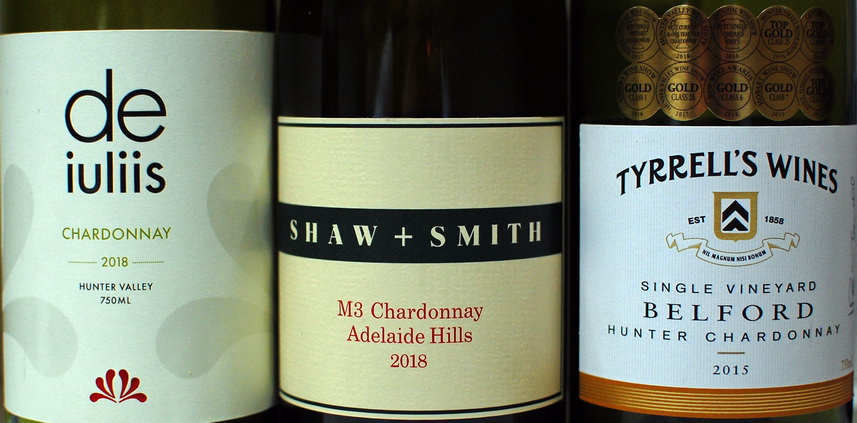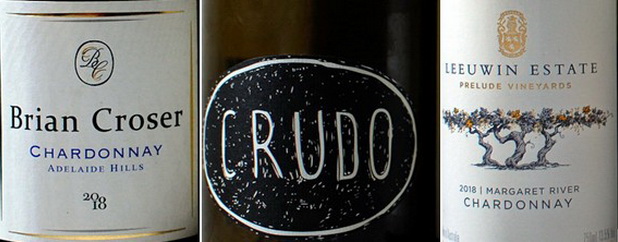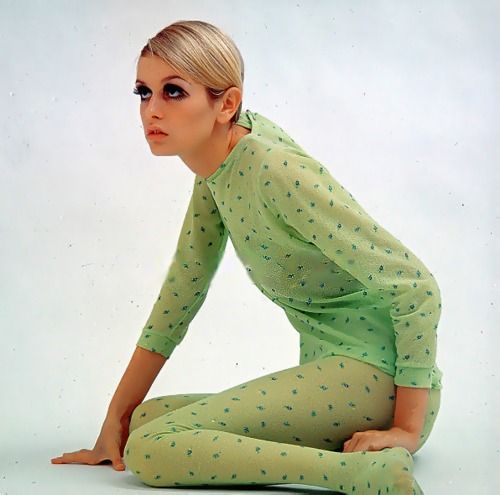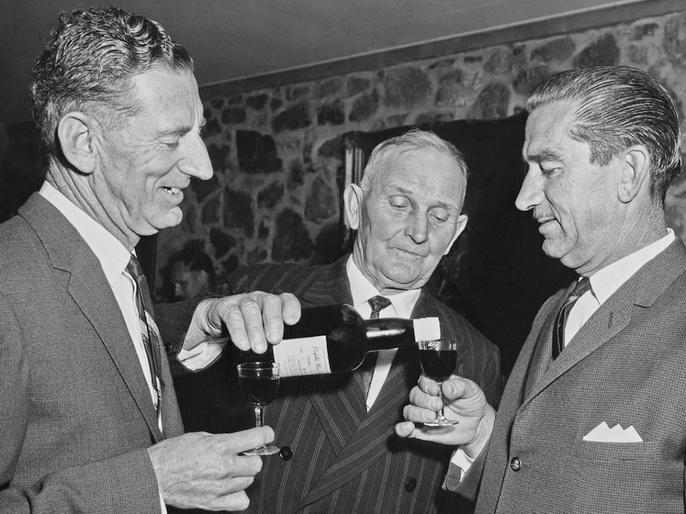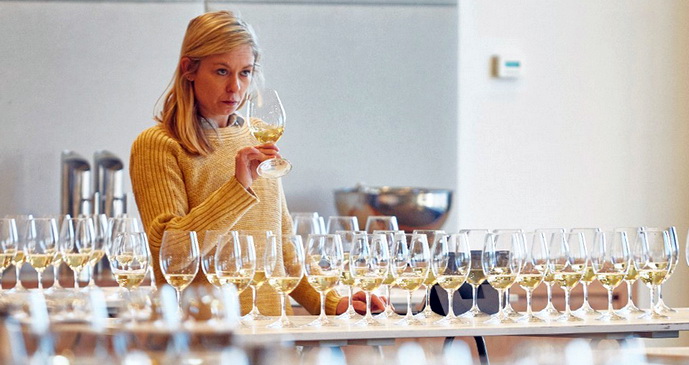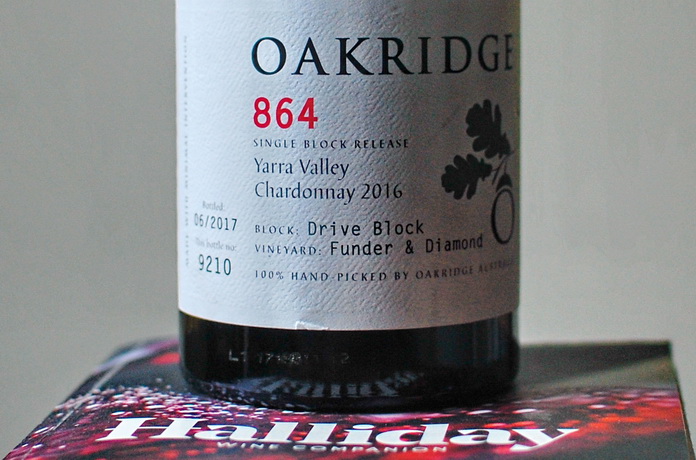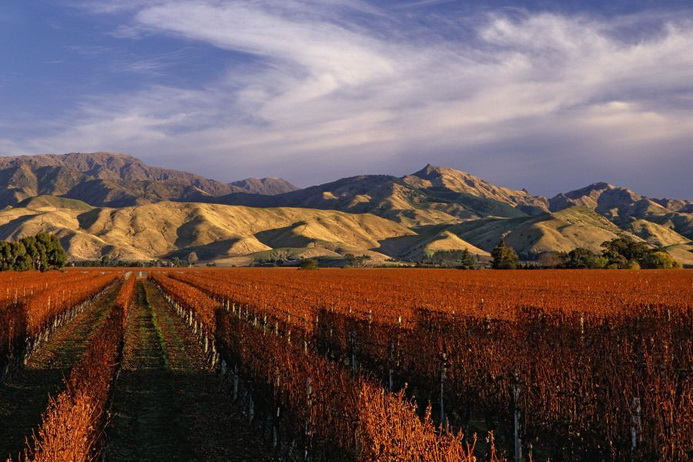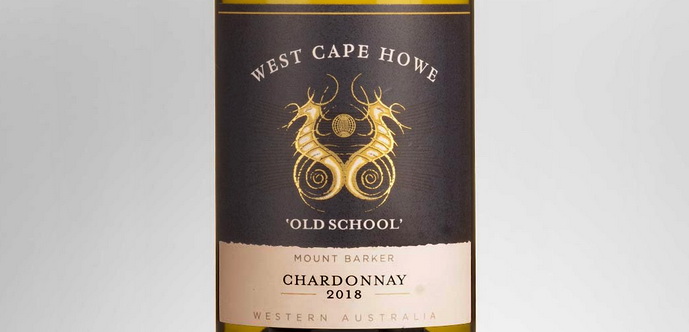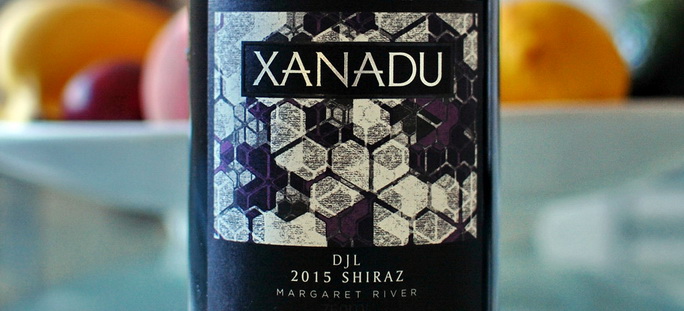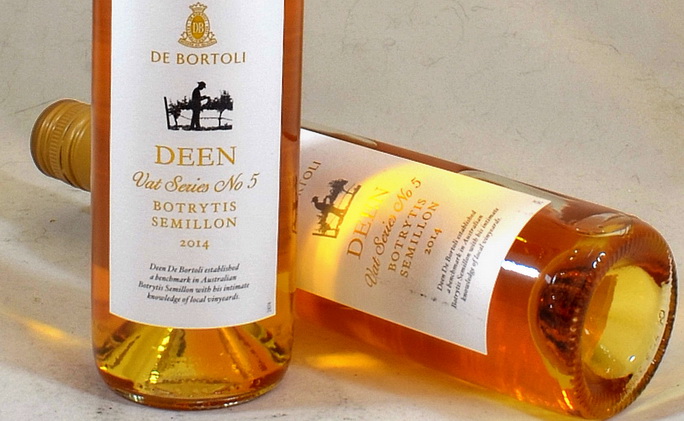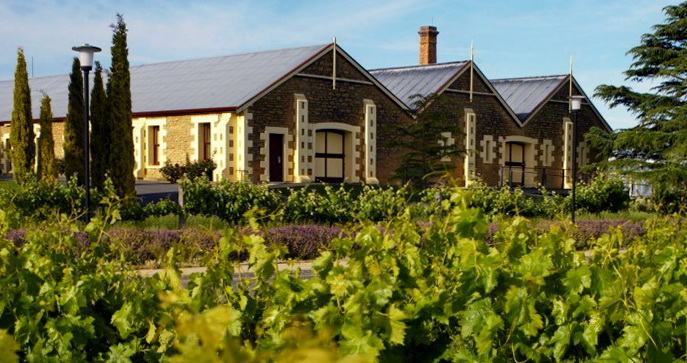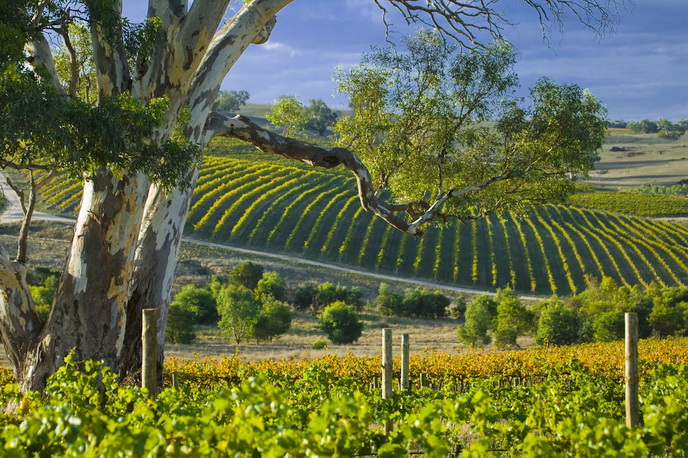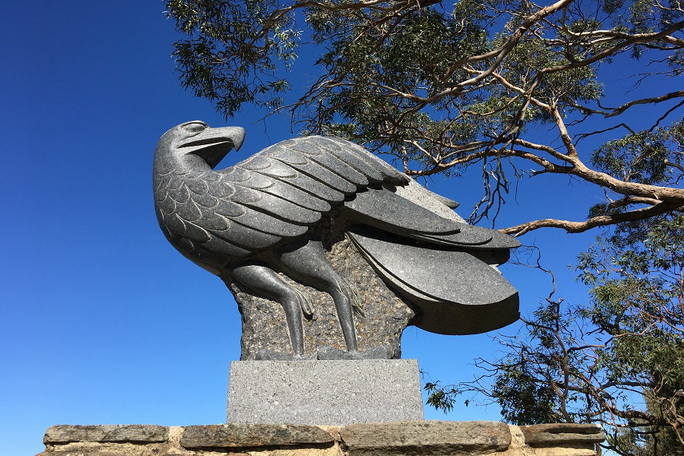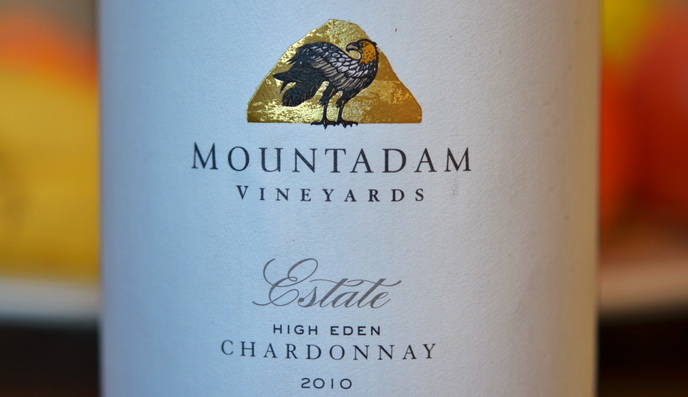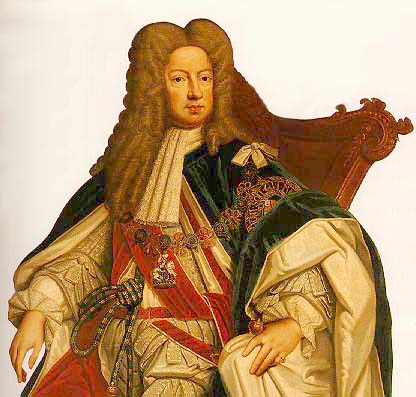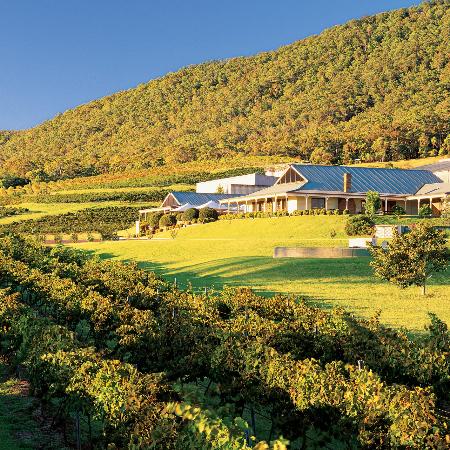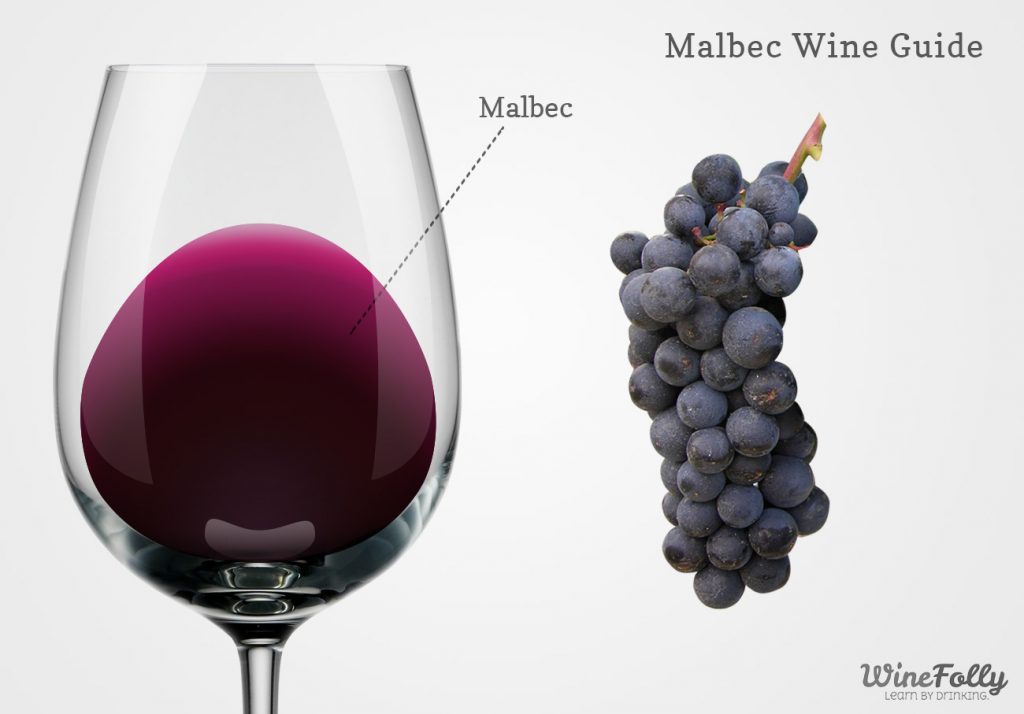I’m serious: we’re talking 95/96 point wines under $15. No, not Halliday Points, real points. We can’t name names or show labels, but we give you plenty of hints. And it’s so much fun guessing, right?
Secret Label Pyrenees Vintage Brut 2016 – $14 at Kemenys. I don’t like choosing mystery wines for Wine of The Week, but this wine is simply too good. I cannot recall tasting an Australian Sparkling wine of this quality for less than $20, and not many over $20. Comes from a winery that was once owned by the makers of a well-known Cognac.
The nose promised good bubbles when we opened it, and the wine got better with every sip. I ordered a case immediately – such quality at this price is ridiculous. The description at the link is accurate. Scored 95 points and a gold medal at the 2019 Wine Showcase Magazine awards. 95 points. Absolute knockout. Back up the truck.
SECRET LABEL ADELAIDE HILLS RESERVE CHARDONNAY 2016 – $22 at Kemenys. tt’s a cracker that reminds me of a white Burgundy, with fruity and savoury elements in a seamless blend. There are stone fruits, nuts and oatmeal, which work in seamless harmony. The highlight is the creamy texture, and the flavour is richer than its 13% suggest. Gorgeous chardy. 96 points. BUY.
Secret Label Adelaide Hills Shiraz 2017 – $17 at Kemenys. A gorgeous example of Adelaide Hills Shiraz, where the cooler-climate produces more elegant reds than McLaren Vale just down the road. Medium-bodied but full flavoured, it delivers ripe berry fruits touched up with pencil-shavings oak, plus pepper and spices and a touch of charcuterie. Smooth as silk. 94 points. BUY.
Secret Label Barossa Valley Mataro Grenache Shiraz 2018 – $17 at Kemenys. An MGS for a change. 65% Mataro or Mourvèdre as the trendy set prefers to call it –the variety should be among our top reds since it thrives in hot climates. The flavour here is bold, gamey and earthy, but there are also violets and minerals in the background, and hints of tar and leather. This is just a pup so give it lots of time to breathe, or decant it. The winemaker has a really common surname, and the label features a thumbprint. Terrific red at a bargain price. 95 points.
Hidden Label Reserve Barossa Shiraz 2018 – $18 at Kemenys. This one is HIDDEN, not Secret. Among the best 5 Shiraz reds I’ve tasted this year, this is a perfect example of the generous Barossa style without the excesses. Rich and full-bodied yet classy and elegant. I suspect this wine is made by Elderton, but that’s just a hunch.
The gorgeous fruit is dressed in super fine oak, there are subtle spices and notes of dark chocolate, and the texture is smooth and seamless. Perfect pitch, already drinking well but will last for years if you can keep your hands off it (which I doubt). 96 points, absolute steal.
Secret Label Clare Valley Shiraz 2018 – $12 at Kemenys. Opulent, almost decadent Shiraz from the Clare Valley, glorious fruit, utterly seductive, rich and ripe and smooth and glossy. It hides the 15% alcohol well, and it’s hard to put down so be careful. There is a dark side to the wine but only on the label This red will please any crowd. Pink Floyd would write a song about it. More fancied wineries would sell a wine like this for 3 times the price. The value is way off the scale. 96 points. Back up the ute!
Secret Label Central Otago Pinot Noir 2018 – $16 at Kemenys. You know how hard it is to find a decent Pinot under $20, so this is a surprise. The colour is strong, and the nose says Pinot Noir. Dark cherries make up the core, with meaty and earthy notes in the background. The wine glides along the palate and finishes with ripe tannins. One could wish for more complexity but not at this bargain price. 93 points, nudging 94. BUY.

